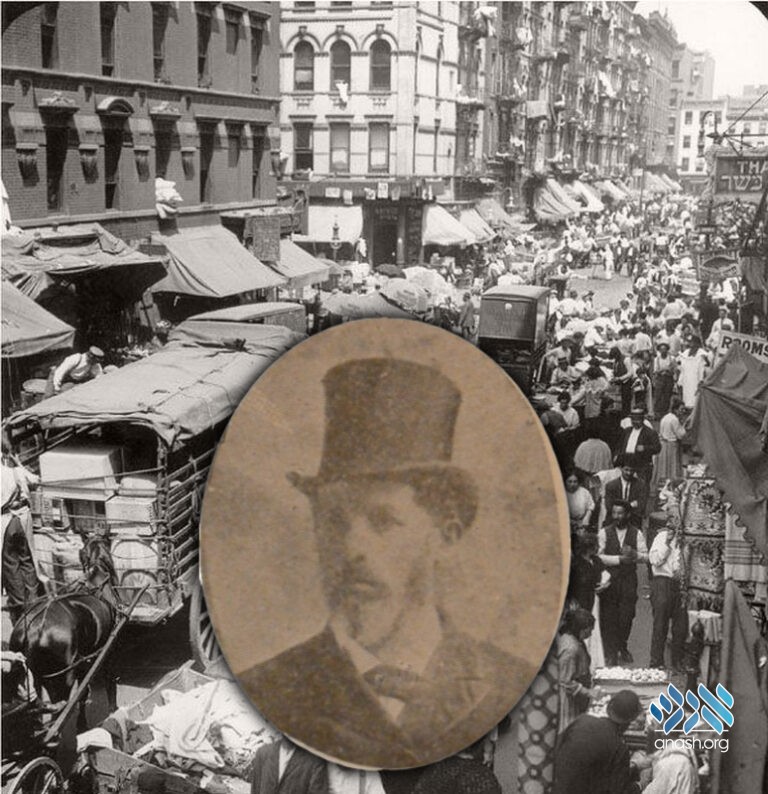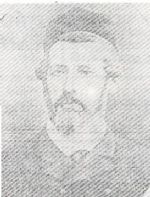על כן אהוביי אחיי
Therefore, my beloved ones, my brethren:
שימו נא לבבכם לאלה הדברים הנאמרים בקצרה מאד
Direct your hearts to these words which are expressed very briefly,
ואם ירצה ה׳, פנים אל פנים אדבר בם בארוכה
(1and face to face, please G‑d, I will speak of them at length) —
איך היות כל עיקר עבודת ה׳ בעתים הללו, בעקבות משיחא, היא עבודת הצדקה
how in these times, when the approaching footsteps of Mashiach are close upon us, the principal service of G‑d is the service of charity.
כמו שאמרו רז״ל: אין ישראל נגאלין אלא בצדקה
As our Sages, of blessed memory, said:2 “Israel will be redeemed only through charity.”
ולא אמרו רז״ל: תלמוד תורה שקול כנגד גמילות חסדים
Our Sages, of blessed memory, did not say that the study of Torah is equivalent to the performance of acts of lovingkindness,
The Mishnah states in Peah:3 “The study of Torah is equivalent to them all,” i.e., to all the mitzvot previously enumerated in the Mishnah, and these include gemilut chassadim, the performance of acts of lovingkindness,
אלא בימיהם
except in their own days.
שתלמוד תורה היה עיקר העבודה אצלם, ועל כן היו חכמים גדולים, תנאים ואמוראים
For with them the principal area of divine service was the study of the Torah, which is why at that time there were great scholars: tannaim and amoraim.
מה שאין כן בעקבות משיחא
However, in a time when the approaching footsteps of Mashiach are close upon us,
שנפלה סוכת דוד עד בחינת רגלים ועקביים, שהיא בחינת עשיה
as “the Sukkah of David has fallen” to a level of “feet” and “heels”, i.e., to the level of Asiyah,
I.e., the Sefirah called Malchut of Atzilut, the Shechinah that vests itself in the lower Worlds of Beriah, Yetzirah and Asiyah — also known as the “Sukkah of David,” for David, as the King of Israel, was a merkavah to Malchut of Atzilut — has fallen to the lowest level of Asiyah.
אין דרך לדבקה בה באמת
there is no way of truly cleaving unto it, i.e., to the Shechinah,
ולהפכא חשוכא לנהורא דילה
and transforming the darkness of the world into its light,4
כי אם בבחינת עשיה גם כן
except through a corresponding category of action, and not through intellect and speech alone, as in Torah study,
שהיא מעשה הצדקה
namely, the act of charity.
But why is charity unique among all the many commandments that involve action?
כידוע למשכילים, שבחינת עשיה באלקות היא בחינת השפעת והמשכת החיות למטה מטה, למאן דלית ליה מגרמיה כלום
As is known to the scholarly, “action” with reference to Divinity is the diffusion and downward flow of vitality to the lowest depths — to him who has nothing of his own.
Among the currents of Divine influence that descend into the various worlds, there are those that are called “thought” and “speech”. The flow of vitality to the very lowest level — to the World of Asiyah, where G‑dliness is not at all manifest — is called “action”.
The act of giving tzedakah thus truly corresponds to the spiritual level of Asiyah, inasmuch as it too provides beneficence to one “who has nothing of his own.”
וכל הזובח את יצרו בזה
And whoever sacrifices his impulse in this respect, i.e., with respect to charity,
ופותח ידו ולבבו
and opens his hand and heart,
אתכפיא סטרא אחרא
[thereby] causes5 “the other [i.e., evil] side” of the universe to be subjugated,
ומהפך חשוכא לאור ה׳ יתברך, השוכן עלינו בבחינת עשיה בעקבות משיחא
and6 “converts the darkness into the light” of G‑d, blessed be He, Who, in the time when the footsteps of Mashiach are close upon us, dwells over us in a state of action;
ויזכה לראות עין בעין, בשוב ה׳ ציון כו׳
moreover, he will merit to7 “behold Eye to eye, G‑d returning to Zion....”
At that time the physical eye, though yet retaining its physicality, will behold G‑dliness as it is beheld by the Supernal Eye. Thus, within the physicality of the World of Asiyah, there will be revealed the level of certainty in spiritual perception which is called vision — a level that far surpasses the furthest attainments of the intellect.
| FOOTNOTES | |
| 1. | Parentheses are in the original text. |
| 2. | Note of the Rebbe: “See Rambam, Hilchot Matnot Aniyim, beginning of ch. 10; quoted in Tur, Yoreh Deah, beginning of sec. 247. The above quotation does not refer to the similar teaching in the Talmud (Shabbat 139a; Sanhedrin 98a), for there the verb is נפדה [whereas our text reads נגאלין]. Very often, as is well known, the commentators {(the Radbaz and the Kesef Mishneh and the Glosses on the Tur) who give the teaching of Ulla in the Talmud (loc. cit.) as Rambam’s source} do not intend to quote the exact wording of a particular teaching, but rather to cite its content. See also the halachah that immediately follows this statement in the Rambam, and the above-named commentaries on it.“ As to Mesoret HaShas and the other authorities who argue that the Rambam had before him the text ‘Israel’ (in place of ‘Jerusalem’) in the Talmud, they speak only of the one word ‘Israel’, and such a variant reading is to be found elsewhere — in Ein Yaakov. A version that would include nigalin, however, I have yet to find in the Talmud or in Yalkut Shimoni. Moreover, it is more improbable to postulate that the Rambam had a variant reading that is not at all extant, than to assume that the Rambam is more explicit than the Talmud, for which reason he very understandably writes nigalin.” |
| 3. | 1:1. |
| 4. | V.L.: לנהורא דיליה (“to his light”). |
| 5. | Cf. Likkutei Amarim, Part I, ch. 27. |
| 6. | Cf. Likkutei Amarim, Part I, ch. 27. |
| 7. | Yeshayahu 52:8. |



